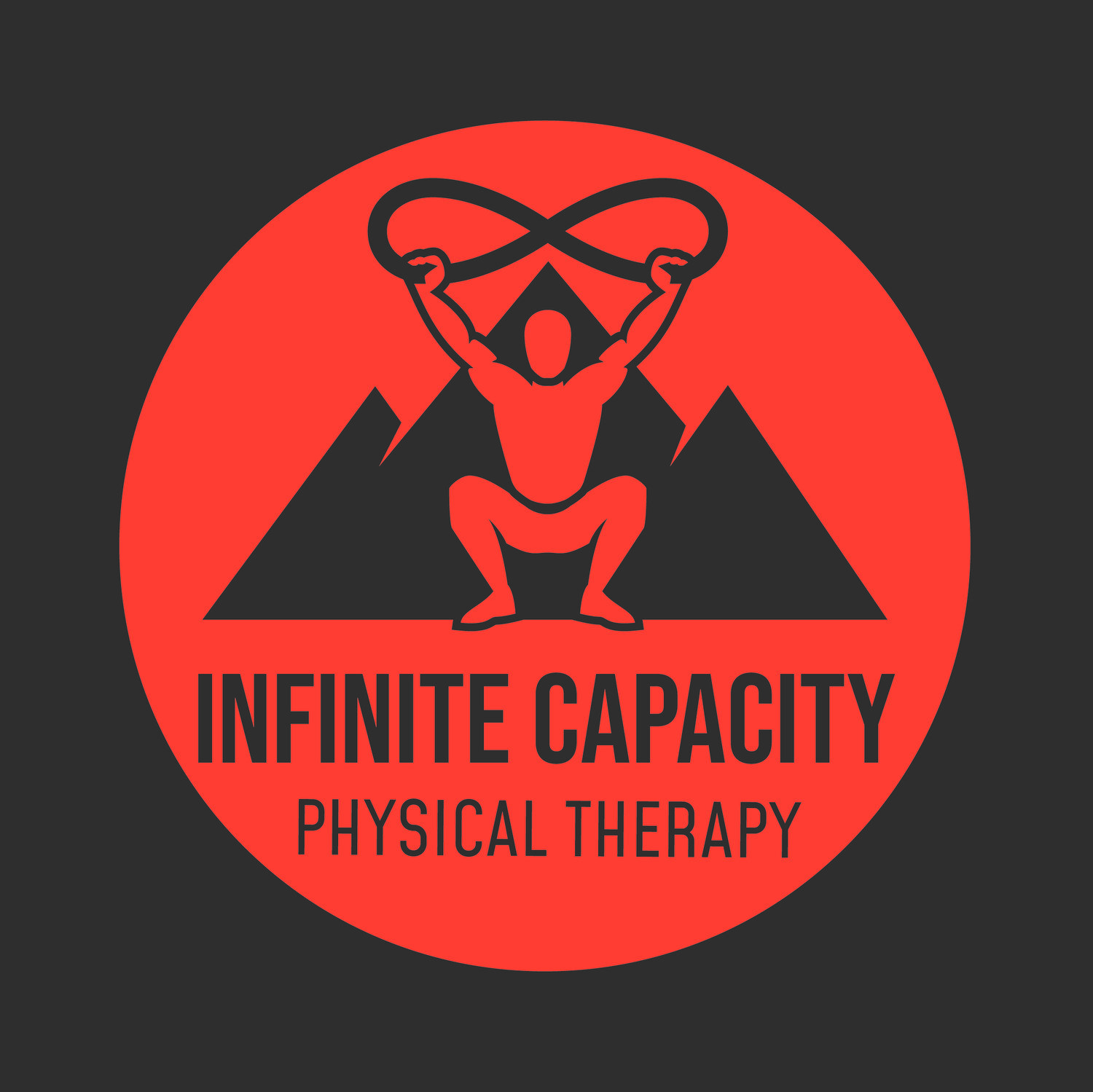Paving the Path to Running: Part 2- Strengthening
The majority of injuries experienced as the result of running can be classified as “overuse injuries”. An overuse injury is one which results from accumulated stresses over a period of time which are beyond the capacity of the structure being stressed.(1) It has been shown that running-related overuse injury incidence is between 7.7-17.8%.(2)
As seen in Part 1 of this blog series, individuals with stronger muscles have a decreased incidence of running-related overuse injuries. Keeping muscles stronger, increases their functional capacity, which means they can tolerate more stress which can prevent an overuse injury.
Here are my favorite exercises for the ankles, knees, hamstrings, hips, and trunk to support and supplement running.
Foot and Ankle
Short Foot/Arch Lift Progression
The goal of these exercises are to strengthen the muscles in the foot and ankle which control the arch of the foot. Many people who have a “flat foot” or “over-pronate” may simply benefit from improving control and strength of these muscles.
Keys:
To perform the short foot/arch lift, keep the heel and balls of the foot on the ground, while trying to slide the big toe back towards the heel, resulting in raising of the arch.
Keep the arch in the lifted position during all of the single leg exercises.
2. Heel Raises and Single Leg Heel Raises
These exercises target the calf muscles and Achilles tendon. Keeping these tissues strong, and keeping their load capacity high can help prevent overuse injuries such as Achilles tendinitis.
Knee
Terminal Knee Extension (TKE)
2. Lunge Hold Hip External Rotation
Terminal knee extension and this hip external rotation exercise are aimed at keeping the knee healthy. By improving quadriceps strength and hip control, the knee can function optimally during the phases of running while the foot is on the ground.
Keys:
During TKE, isolate all of the motion to the knee, focusing on tightening the quadriceps (front thigh muscles) to straighten the knee.
During the hip external rotation, keep your hips facing forward and pelvis stationary, only letting the knee move in and out against the band.
Hamstrings
Hip Hinge
2. Romanian Deadlift (RDL)
3. Single Leg RDL
While running, the majority of work done by the hamstrings is referred to as eccentric, or contraction while the muscle is lengthening. Hip hinging and RDLs (straight-legged deadlifts) strengthen the hamstrings during this eccentric (lowering) phase.
Keys:
The most important aspect of these exercises is maintaining a neutral spine while hinging at the hips. Using a PVC pipe or dowel along the spine, as in the first part of the video below, can help teach this movement by maintaining contact of the PVC against the 1) back of the head, 2) spine between the shoulder blades, and 3) tailbone.
Hip
The hip muscles are some of the biggest in the body, and can even effect the function of the knee and ankle. Keeping these muscles strong and learning how to control them can improve the capacity of the entire leg.
Hip Hikes
2. Single Leg Squats
Keys:
During hip hikes, keep both knees still. ALL of the movement for this exercise occurs at the hip, wiggling one side of the pelvis up and down.
One of the most important things during single leg squats is to maintain knee alignment between your hip and ankle, not letting the knee fall inward.
3. Hip Flexor March Progression
Trunk and Core
Running requires some level of trunk strength and control. During running, as one leg moves forward, the trunk rotates so the opposite arm can move forward at the same time. The trunk must also remain mostly upright while the legs and arms are moving.
Plank
Plank with Leg Lifts
3. Side Plank
4. Side Plank with Reach Thru
Part 3 of this series will look at the science behind warm-up and cool-down, and provide suggestions for the pre- and post-running routine.
References
1. Hreljac, A., Etiology, Prevention, and Early Intervention of Overuse Injuries in Runners: a Biomechanical Perspective. Phys Med Rehabil Clin N Am, 2005; 16: 651-667.
2. Videbaek, S., et al., Incidence of Running-Related Injuries Per 1000 h of running in Different Types of Runners: A Systematic Review and Meta-Analysis. Journal of Sports Medicine, 2015; 45: 1017-1026. doi: 10.1007/s40279-015-0333-8
